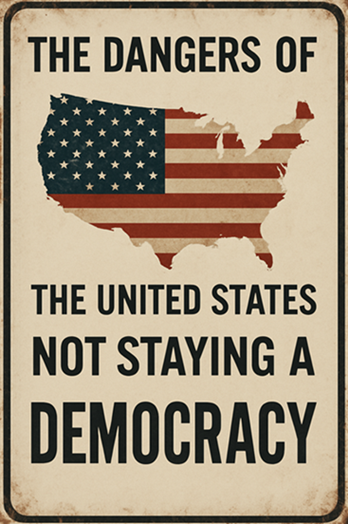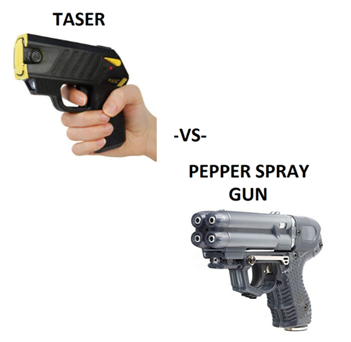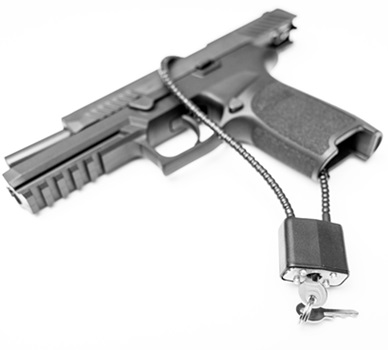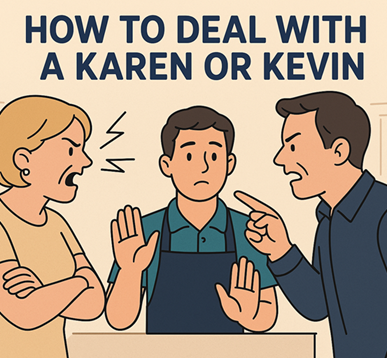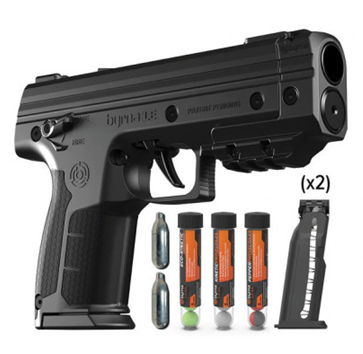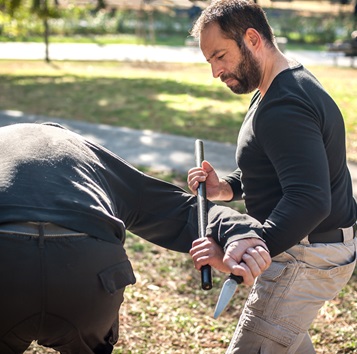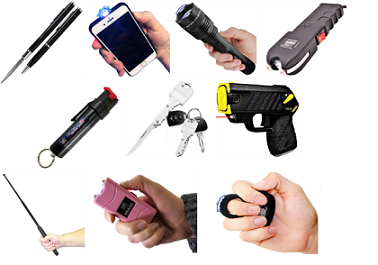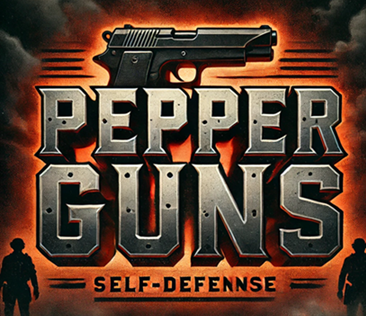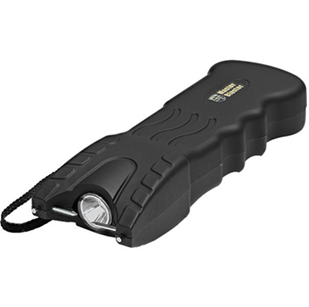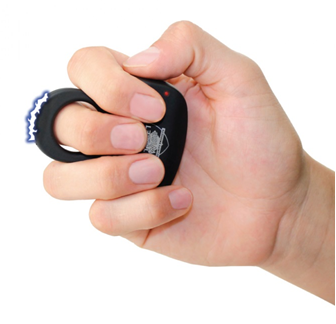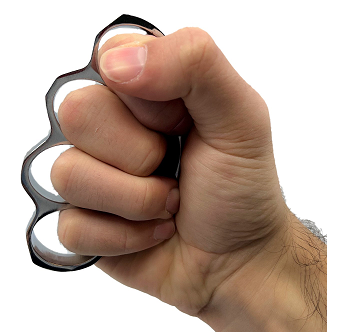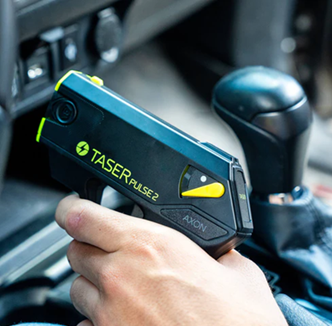Pepper Spray Myths and Facts: Separating Truth from Fiction
 Pepper spray is one of the most popular self-defense tools available today. Its compact size, affordability, and effectiveness make it a go-to choice for personal protection. However, despite its widespread use, there are many myths and misconceptions surrounding pepper spray. Some people underestimate its power, while others overestimate its capabilities. In this article, we’ll debunk the most common myths and present the facts so you can make informed decisions about using pepper spray for self-defense.
Pepper spray is one of the most popular self-defense tools available today. Its compact size, affordability, and effectiveness make it a go-to choice for personal protection. However, despite its widespread use, there are many myths and misconceptions surrounding pepper spray. Some people underestimate its power, while others overestimate its capabilities. In this article, we’ll debunk the most common myths and present the facts so you can make informed decisions about using pepper spray for self-defense.
Myth #1: Pepper Spray is the Same as Mace
Fact: Pepper Spray and Mace Are Different Chemical Compositions
Many people use the terms “pepper spray” and “Mace” interchangeably, but they are not the same. Mace is a brand name that originally referred to a tear gas-based self-defense spray. Traditional Mace (CN or CS gas) is a chemical irritant, whereas pepper spray contains oleoresin capsicum (OC), a natural extract from hot peppers. OC causes intense burning, inflammation, and temporary blindness, making it more effective for self-defense than tear gas-based sprays.
Myth #2: Pepper Spray is Lethal
Fact: Pepper Spray is Non-Lethal but Extremely Effective
Pepper spray is classified as a non-lethal self-defense tool. While it can cause severe discomfort, temporary blindness, and respiratory distress, it does not typically result in permanent injury or death. However, in rare cases, individuals with pre-existing respiratory conditions (such as asthma) may experience complications. Proper use and awareness of potential risks ensure that it remains a safe self-defense option.
Myth #3: Pepper Spray Works Instantly on Everyone
Fact: Effects Vary Based on the Person and Circumstances
While pepper spray usually incapacitates an attacker within seconds, its effectiveness can depend on several factors, including:
- The attacker’s pain tolerance (some individuals, especially those under the influence of drugs or alcohol, may be less affected).
- The spray’s concentration and formulation.
- Whether the spray makes direct contact with the attacker’s eyes, nose, and mouth.
- Environmental conditions like wind, rain, or extreme cold can impact how well it disperses.
Myth #4: Wind Will Always Blow Pepper Spray Back at You
Fact: Some Formulations Are Wind-Resistant
While traditional aerosol sprays can be affected by wind, manufacturers have developed alternatives like gel and foam-based pepper sprays, which are less likely to be blown back. Pepper gel, for example, sticks to the attacker’s face, reducing the risk of blowback and making it ideal for outdoor use.
Myth #5: Pepper Spray Doesn’t Expire
Fact: Pepper Spray Has a Shelf Life
Like many self-defense tools, pepper spray has an expiration date, typically between 2 to 4 years. Over time, the pressurization in the canister can weaken, and the OC compound may degrade, reducing its effectiveness. Regularly check the expiration date on your canister and replace it as needed.
Myth #6: You Don’t Need to Practice Using Pepper Spray
Fact: Proper Training Increases Effectiveness
Many people assume that just carrying pepper spray is enough, but using it effectively requires practice. Some training tips include:
- Practicing your draw speed to ensure you can access it quickly.
- Understanding the range of your spray (most sprays cover 6-12 feet).
- Using inert (water-based) practice sprays to familiarize yourself with aiming and deployment.
- Knowing how to position yourself to avoid being affected by your own spray.
Myth #7: Pepper Spray Works Equally Well on All Animals
Fact: Different Sprays Are Designed for Different Threats
While standard pepper spray can deter aggressive dogs or human attackers, it is not effective on bears. Bear spray is a specially formulated variant with a higher OC concentration and longer spray range (up to 30 feet) to stop charging animals. If you’re hiking or in bear country, carrying bear spray instead of standard pepper spray is crucial.
Myth #8: You Can Carry Pepper Spray Anywhere
Fact: Pepper Spray Laws Vary by Location
Pepper spray is legal for self-defense in most U.S. states, but there are restrictions:
- Some states limit the size and strength of the spray.
- Certain places (airplanes, government buildings, schools) may prohibit carrying it.
- Some countries, such as the UK and Canada, ban civilian possession of pepper spray entirely. Always check local laws before purchasing or carrying pepper spray.
Myth #9: If You Get Sprayed, Water Will Immediately Wash It Off
Fact: Pepper Spray Requires Special Decontamination Steps
Water alone is not always effective at neutralizing pepper spray. The best methods for decontamination include:
- Blinking rapidly to flush out the eyes naturally.
- Using baby shampoo or mild soap to break down the oil-based OC compound.
- Applying cold milk or saline solution to soothe the burning sensation.
- Avoiding rubbing the affected area, as it can worsen the irritation. It typically takes 15-45 minutes for the effects of pepper spray to subside fully.
Myth #10: Carrying Pepper Spray Alone is Enough for Self-Defense
Fact: Situational Awareness and Training Are Key
While pepper spray is a valuable tool, relying solely on it can be dangerous. Effective self-defense involves:
- Situational awareness to recognize threats before they escalate.
- Having a backup plan in case your spray fails (such as carrying a personal alarm or tactical flashlight).
- Learning basic self-defense techniques to protect yourself in close encounters.
- Knowing when and how to deploy your spray under stress.
Conclusion: Know the Facts, Stay Prepared
Pepper spray is an excellent non-lethal self-defense tool, but understanding its limitations and proper usage is crucial. By debunking these common myths and learning the facts, you can be more confident in carrying and using pepper spray effectively.
Stay informed, stay prepared, and prioritize your safety!
See cost of various pepper sprays
Related Article:
Company Info
Customer Service
Product Information
- TASER® and Stun Devices Regulations by State
- TASER® Safe Escape Product Replacement Guarantee
- TASER® Comparison Chart
- TASER® User Manuals
- TASER® Warranty Info
- Byrna Product Catalog
- PepperBall Manuals & Spec Sheets
- Pepper Spray Laws
- Air Gun Laws
- States that Restrict Automatic and Butterfly Knives
- Our Print Catalog
























